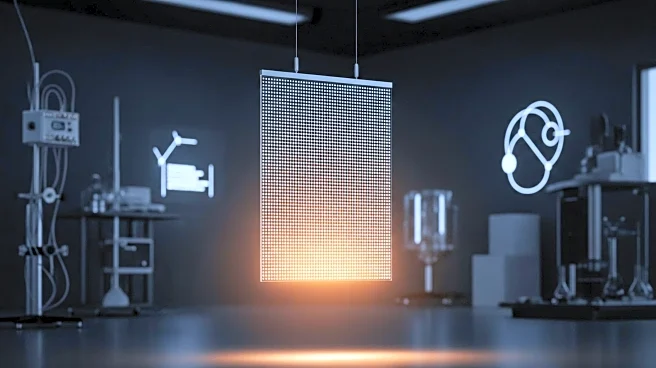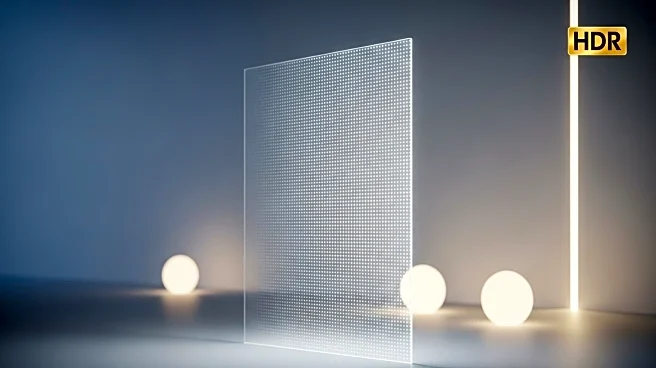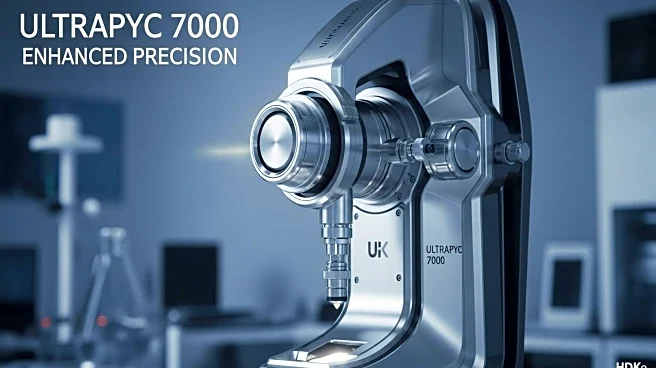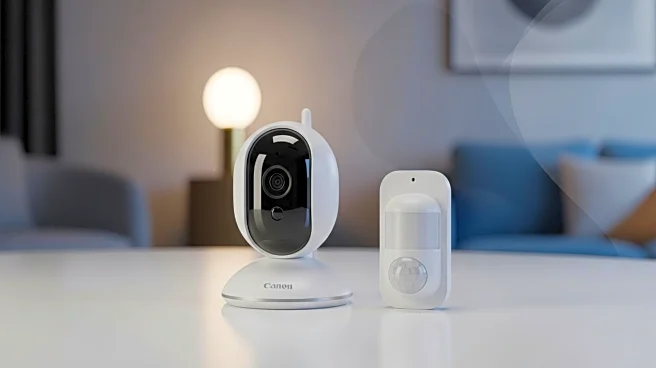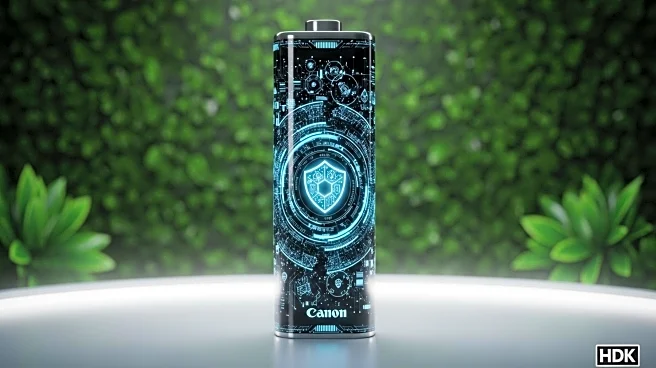What's Happening?
Researchers have engineered a paper-thin LED that emits a warm, sunlike glow, potentially revolutionizing lighting in homes, devices, and workplaces. This innovation utilizes quantum dots—tiny semiconductor particles—to transform electrical energy into colored light, closely replicating the solar spectrum. The team synthesized red, yellow-green, and blue quantum dots coated with zinc-sulfur shells to achieve a balanced light quality. The LED, assembled on an indium tin oxide glass substrate, features a quantum dot layer only a few dozen nanometers thick, resulting in a white QLED comparable to wallpaper. Initial tests showed optimal performance under an 11.5-volt power supply, emitting bright, warm white light with a high color rendering index, beneficial for sleep and eye health.
Why It's Important?
This development in LED technology could significantly impact various industries by providing more natural and soothing indoor lighting. The ability to closely match the solar spectrum can improve color accuracy and reduce eye strain, enhancing the quality of displays in phones and computers. Additionally, the energy-efficient design operating at low voltages could lead to cost savings and environmental benefits. The innovation also holds potential for adaptive indoor lighting and wavelength-tunable sources for horticulture and well-being applications, offering versatile uses across different sectors.
What's Next?
Further experiments are underway to optimize the operating voltage and brightness of these QLED devices. Researchers have already created 26 white QLED devices using different conductive materials, achieving maximum light output at only 8 volts. This advancement suggests a promising future for next-generation displays and lighting solutions. Continued research and development could lead to widespread adoption in consumer electronics and commercial lighting, potentially influencing market trends and consumer preferences.
Beyond the Headlines
The ethical and environmental implications of this technology are noteworthy. By reducing energy consumption and mimicking natural sunlight, these LEDs could contribute to sustainable practices in lighting design. The innovation also raises questions about the future of artificial lighting and its role in human health and productivity, as more natural lighting solutions may improve well-being and efficiency in various settings.

